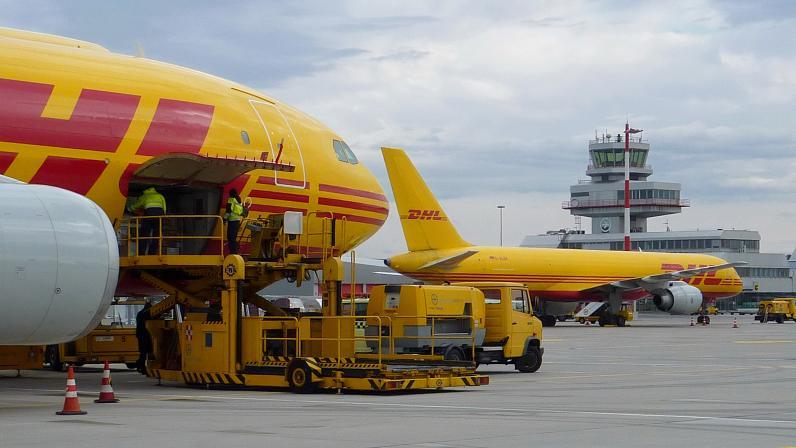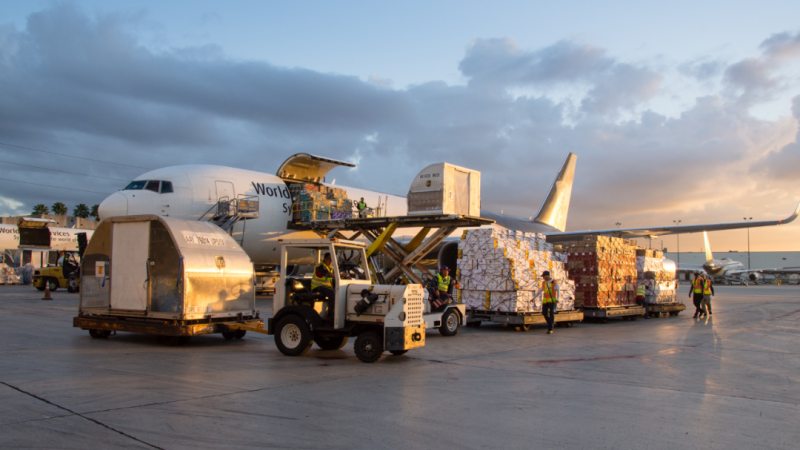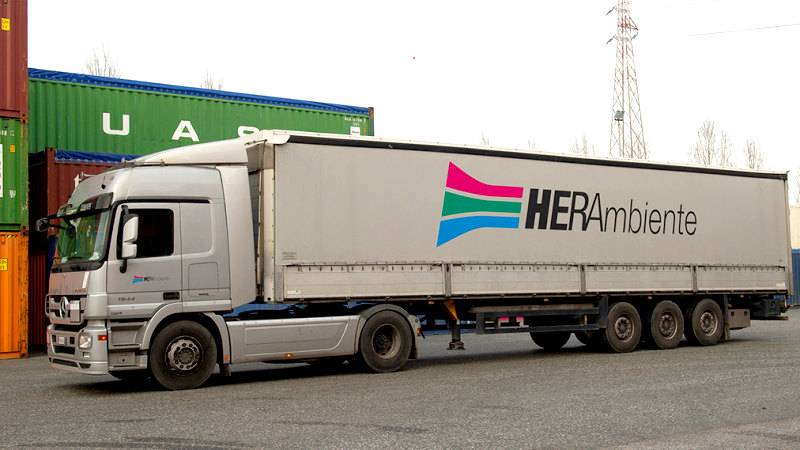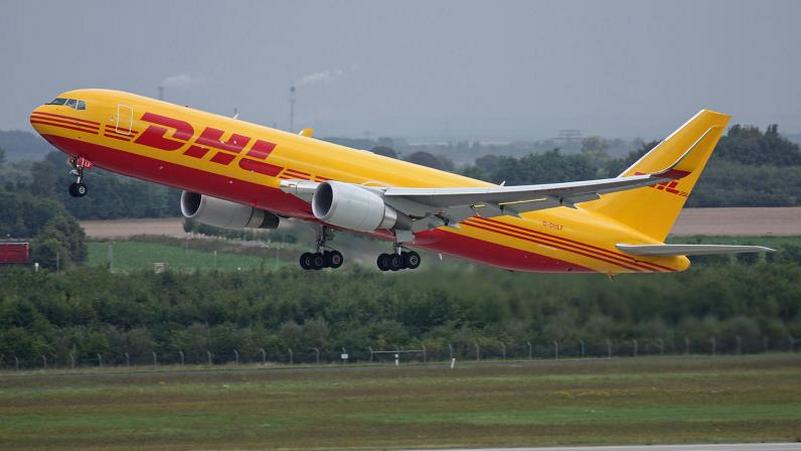The tariff war is damaging everyone. It is a statement we have heard many times in recent days, and now the effects of the tariff spiral between the United States and China are beginning to show. Trump has raised tariffs on Chinese imports to 145 per cent, and Xi Jinping has responded by increasing those on US imports to 125 per cent. And it may not be the ceiling yet. Even now, however, these levies are harming trade and transport operators across both Pacific coasts.
While in China orders from the US have been halted – some of which were already in containers, now clogging up docks – in the United States, importers who failed to stop shipments in time are now having to pay the tariffs. Many of them, according to a report by American broadcaster CNBC, do not have the financial resources to do so. The core issue is liquidity. Most US companies cannot advance these sums without jeopardising other essential operational expenses. Margins are already thin, and the risk of bankruptcy increases as managing cash flow becomes more difficult. There is growing concern that the tariffs may remain in place for an extended period, forcing companies to completely rethink their sourcing strategies.
According to the National Retail Federation, imports to the United States could fall by at least 20 per cent in the second half of 2025. Businesses had already built up inventories in previous months to soften the blow of the tariffs, but that strategy has now proved unsustainable. From a macroeconomic perspective, the forecasts are alarming: if the tariffs remain in place throughout 2025, the Conference Board estimates a 1.2 per cent contraction in the US economy and a rise in unemployment from 4.2 per cent to 4.7 per cent, with more than one million jobs lost.





































































